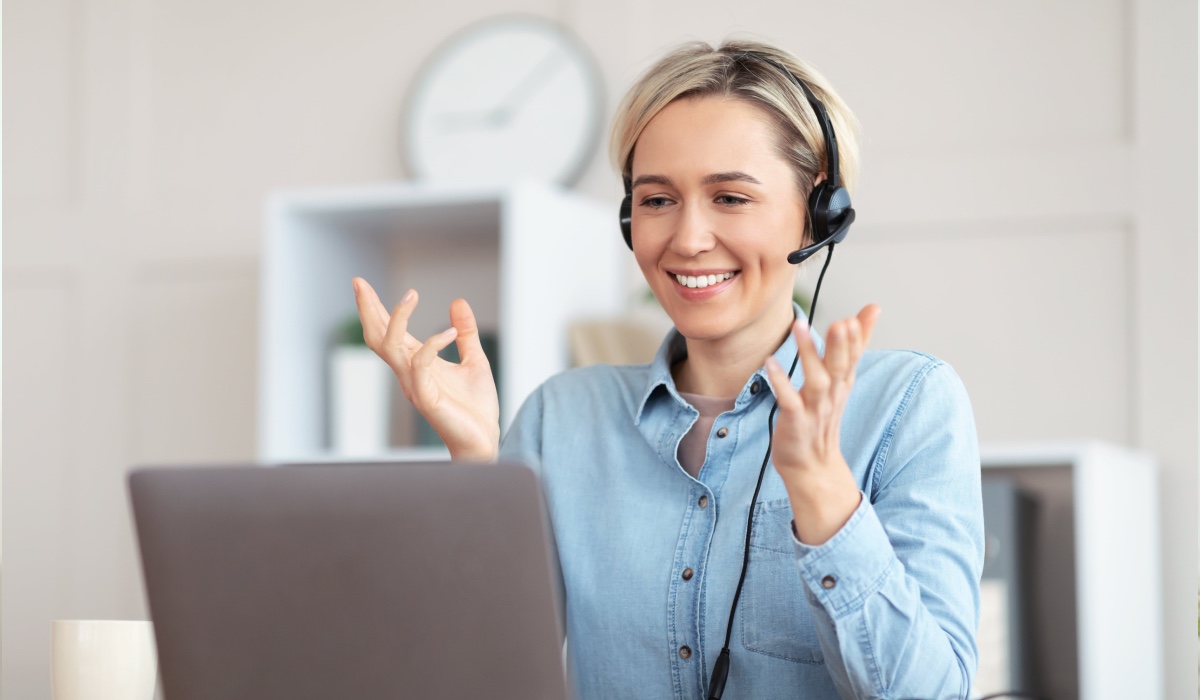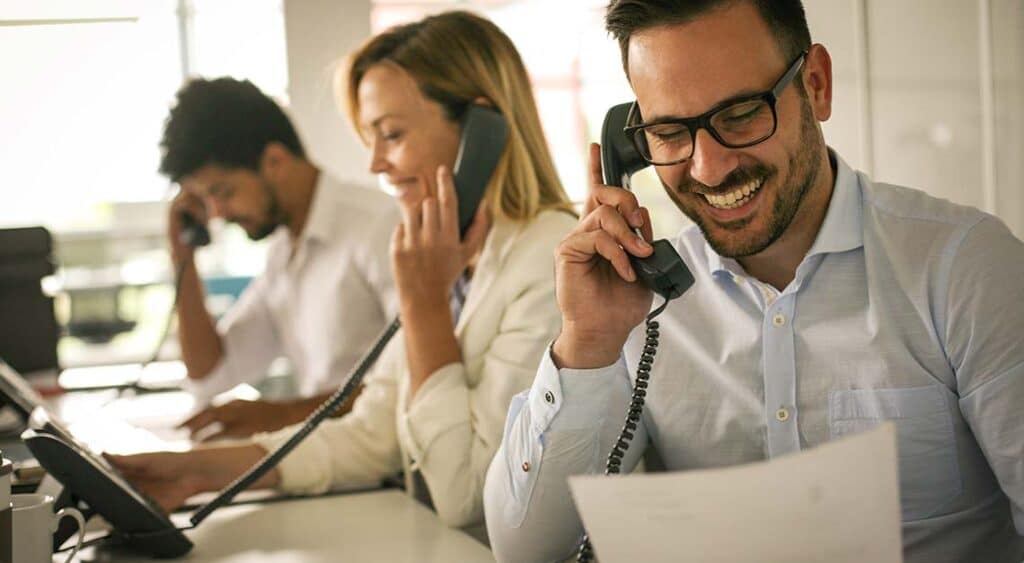All Categories
Featured
Table of Contents
- – How To Choose The Best Temporary Or Short-term ...
- – What Is The Best Top Answering Service In Aust...
- – Who Is The Best What Is An Answering Service? ...
- – What Is The Best Outsource Answering Services...
- – What's The Best Discover How To Set Up A Call...
- – What Are The Best Live Answering Services - ...
How To Choose The Best Temporary Or Short-term Call Answering Services
This device and its followers were created by Sava Jacobson, an electrical engineer with a private consulting organization. While early answering machines used magnetic tape technology, many modern-day equipment uses solid state memory storage; some devices use a mix of both, with a solid-state circuit for the outbound message and a cassette for the inbound messages.
"toll saving" below) (business call answering service). This is beneficial if the owner is evaluating calls and does not want to talk to all callers. In any case after going, the calling celebration ought to be informed about the call having actually been responded to (in many cases this begins the charging), either by some remark of the operator, or by some welcoming message of the little bit, or resolved to non-human callers (e.
This holds specifically for the Littles with digitally kept greeting messages or for earlier devices (prior to the increase of microcassettes) with a special endless loop tape, different from a second cassette, committed to recording. There have actually been answer-only gadgets without any recording capabilities, where the welcoming message had to notify callers of a state of current unattainability, or e (business call answering service).
What Is The Best Top Answering Service In Australia - 2023 Reviews

about accessibility hours. In recording TADs the greeting usually contains an invite to leave a message "after the beep". A voice mail that utilizes a microcassette to record messages On a dual-cassette answerphone, there is an outgoing cassette, which after the specified number of rings plays a pre-recorded message to the caller.

Single-cassette voice mail contain the outbound message at the start of the tape and incoming messages on the remaining space. They first play the statement, then fast-forward to the next readily available area for recording, then tape the caller's message. If there are numerous previous messages, fast-forwarding through them can cause a significant delay.
This beep is frequently referred to in the greeting message, asking for that the caller leave a message "after the beep". Little bits with digital storage for the recorded messages do disappoint this hold-up, of course. A TAD might provide a push-button control facility, whereby the answerphone owner can sound the home number and, by going into a code on the remote telephone's keypad, can listen to taped messages, or erase them, even when far from house.
Who Is The Best What Is An Answering Service? Company

Consequently the maker increases the variety of rings after which it responds to the call (generally by two, leading to four rings), if no unread messages are currently stored, but answers after the set variety of rings (usually two) if there are unread messages. This permits the owner to find out whether there are messages waiting; if there are none, the owner can hang up the phone on the, e.
Some machines likewise permit themselves to be remotely activated, if they have actually been switched off, by calling and letting the phone ring a specific a great deal of times (typically 10-15). Some service companies desert calls already after a smaller number of rings, making remote activation impossible. In the early days of Littles an unique transmitter for DTMF tones (dual-tone multi-frequency signalling) was regionally needed for remote control, given that the previously utilized pulse dialling is not apt to communicate suitable signalling along an active connection, and the dual-tone multi-frequency signalling was implemented stepwise.
Any inbound call is not identifiable with respect to these homes in advance of going "off hook" by the terminal devices. So after going off hook the calls should be changed to suitable devices and just the voice-type is instantly accessible to a human, but possibly, however must be routed to a TAD (e.
What Is The Best Outsource Answering Services In The Usa - Start From $11/hr Brand
What if I told you that you do not need to actually get your device when answering a consumer call? Somebody else will. So convenient, right? Answering phone calls doesn't require somebody to be on the other end of the line. Efficient automated phone systems can do the technique simply as efficiently as a live agent and in some cases even much better.
An automatic answering service or interactive voice action system is a phone system that interacts with callers without a live individual on the line - business call answering service. When business use this technology, clients can get the answer to a question about your company simply by utilizing interactions established on a pre-programmed call flow.
Although live operators update the client service experience, many calls do not require human interaction. A basic documented message or instructions on how a client can recover a piece of details normally resolves a caller's instant requirement - professional phone answering service. Automated answering services are a simple and efficient method to direct inbound calls to the best individual.
What's The Best Discover How To Set Up A Call Answering Service With A 7- ... Brand
Notification that when you call a company, either for support or item questions, the first thing you will hear is a pre-recorded voice welcoming and a series of choices like press 1 for consumer service, press 2 for questions, and so on. The pre-recorded options branch out to other options depending on the consumer's choice.
The phone tree system helps direct callers to the ideal person or department utilizing the keypad on a mobile phone. In some circumstances, callers can use their voices. It's worth keeping in mind that auto-attendant alternatives aren't limited to the 10 numbers on a phone's keypad. When the caller has chosen their first option, you can create a multi-level auto-attendant that utilizes sub-menus to direct the caller to the ideal type of assistance.
The caller does not need to interact with a person if the auto-attendant phone system can handle their issue. The automated service can path callers to a staff member if they reach a "dead end" and need support from a live representative. It is expensive to work with an operator or executive assistant.
What Are The Best Live Answering Services - Australia
Automated answering services, on the other hand, are considerably less costly and offer significant expense savings at an average of $200-$420/month. Even if you do not have actually committed personnel to manage call routing and management, an automated answering service enhances efficiency by enabling your team to concentrate on their strengths so they can more efficiently invest their time on the phone.
A sales lead routed to customer support is a lost shot. If a consumer who has item concerns reaches the incorrect department or gets incomplete responses from well-meaning staff members who are less trained to manage a particular kind of question, it can be a cause of disappointment and discontentment. An automatic answering system can minimize the number of misrouted calls, thereby assisting your employees make better usage of their phone time while maximizing time in their calendar for other tasks.
With Automated Answering Systems, you can produce a personalized experience for both your staff and your callers. Make a recording of your main greeting, and simply update it routinely to show what is going on in your company. You can produce as many departments or menu choices as you desire.
Table of Contents
- – How To Choose The Best Temporary Or Short-term ...
- – What Is The Best Top Answering Service In Aust...
- – Who Is The Best What Is An Answering Service? ...
- – What Is The Best Outsource Answering Services...
- – What's The Best Discover How To Set Up A Call...
- – What Are The Best Live Answering Services - ...
Latest Posts
Best 24/7 Answering Service Near Me – Sydney
Small Business Answering Service Near Me
Thorough Real Estate Answering Service – Hobart
More
Latest Posts
Best 24/7 Answering Service Near Me – Sydney
Small Business Answering Service Near Me
Thorough Real Estate Answering Service – Hobart